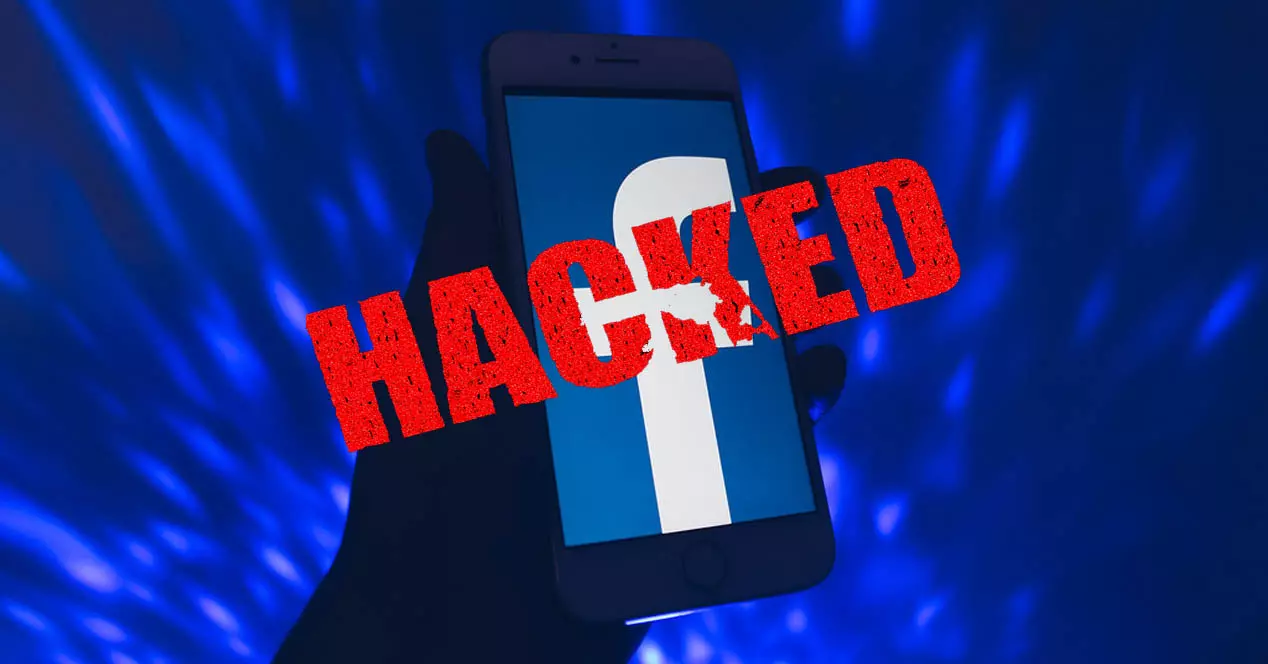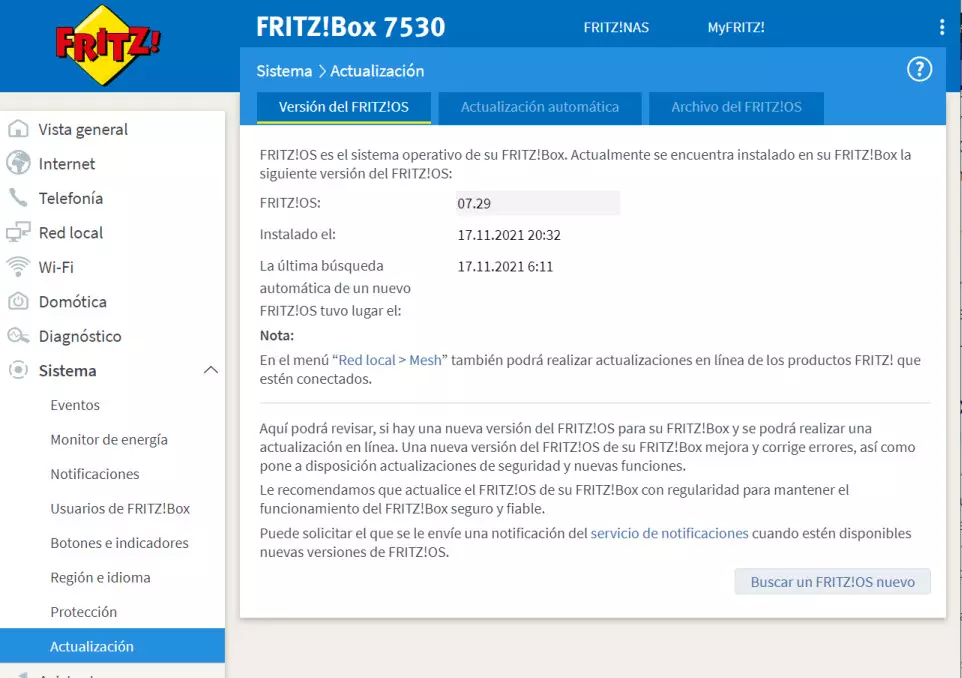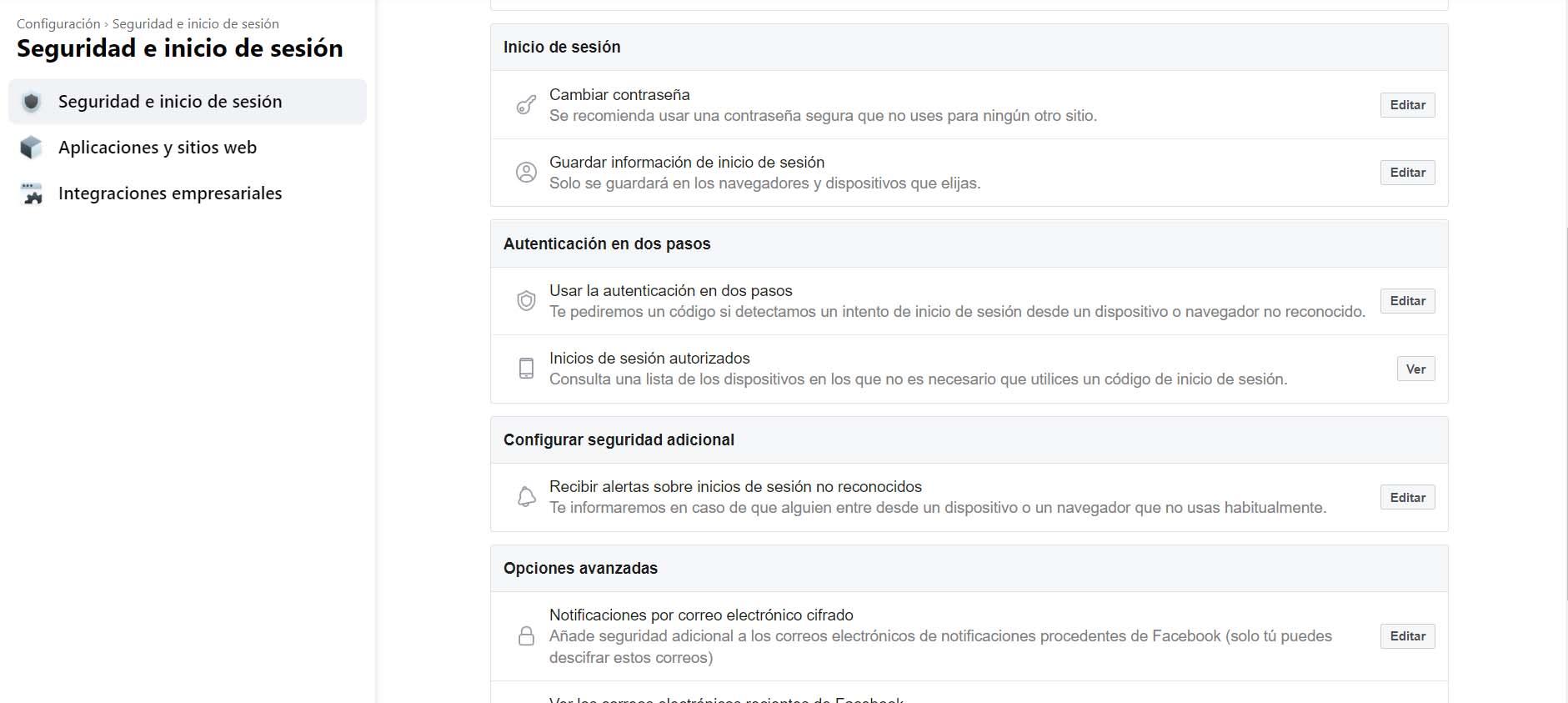
How ransomware slips through Facebook
Cybercriminals usually take advantage of the services and platforms that are most used and have the most users. And without a doubt, that’s where Facebook comes in. It is a widely used social network both on computers and mobiles, so there may be many absent-minded users who make mistakes. Ransomware is a major problem, as the goal is encrypt files and make a device stop working properly, then ask for a ransom in return.
Direct message
One option to sneak ransomware through Facebook is through direct messages. They could create a False account, use bots, to send messages to victims. In these messages they can use any pretext so that the victim ends up opening a link and downloading a file that is actually a scam.
usually use a bait. For example a message where they say to download a supposed photo where the victim appears, an important text file or anything. But of course, downloading that file is when we are actually downloading the ransomware and compromising security. They can even use the account of a legitimate user whose account was previously stolen.
Link in any post
Something similar happens with links that put in facebook posts. It can even be in a publication that we put on our profile. There, in the comments, they could put a link that leads to the download of a file that is actually ransomware and that is where the real problem begins.
It is true that the social network has filters and can detect many false links and threats of this type. However, cybercriminals often manage to bypass these filters and send fake files without us noticing.
fakenews
Fake News is also a method to sneak malware through social networks. In this case they are going to use a bait, which would be a attention grabbing news but in reality it is something false. They simply want the victim to click and end up on a malicious page.
From there, you may end up downloading the ransomware. For example, they can indicate that they need to download a file or install something to read that news. That is going to trigger this cyber attack and subsequent file encryption.
External Phishing Attacks
They can also take advantage of Facebook to sneak ransomware, even if they use external Phishing attacks to do so. For example they could send a email or use applications like WhatsApp, where they will send a supposed link that leads to Facebook, to see something, and in reality it is a malicious site that contains ransomware.
Once again, as soon as the victim opens or downloads this fake file, the attack is launched. It is important to avoid the different types of ransomware and one of the most important tips is to always be aware of possible fake links that are actually Phishing.
In short, as you have seen, they can sneak ransomware through Facebook using different methods. It is essential to take precautionary measures and maintain protection at all times so that our devices and systems are safe from such a serious threat.



